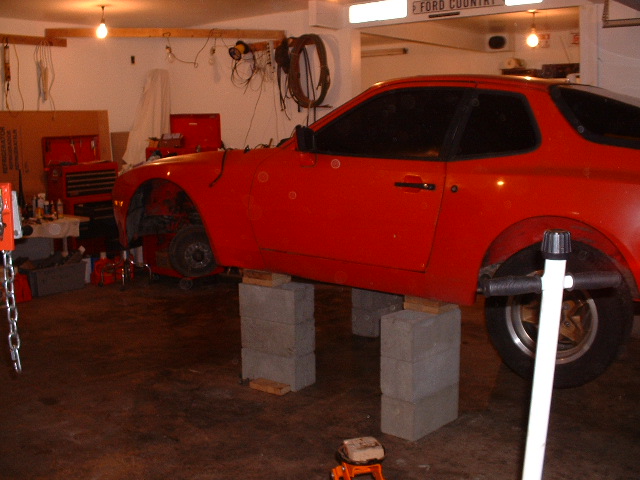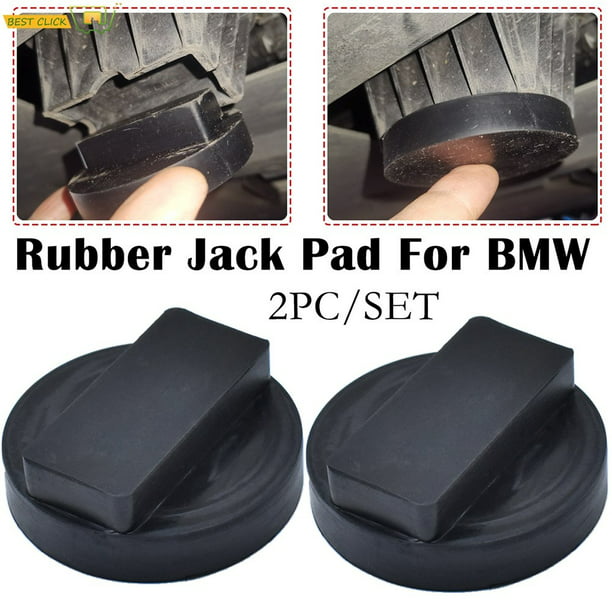So is there any consensus on how to jack a car while using the pinch weld ?
I've read numerous blog, forum post etc etc and ... its still not clear
1- Should we push UNDER the pinch weld with a slotted rubber or wood craddle not touching the rocker panel or .... ?
2- Should we push each side of the pinch weld (rocker only ) without touching it at all with a slotted piece of rubber or wood .....?
3- Should we push under and on both side (rocker ) of the pinch weld ?
What is your pick ? 1-2 or 3 ?
My pick is #2 so far all is good
I've read a few repair manual available online and , there is some sort of consensus.
Most advise if not all to jack from the center of the front and rear crossmember and or on very precise dedicated locations and to use the pinch weld only for the jack stands during tire replacement , whos doing that ?
Not sure why this is so confusing. And most people don't have it right. Look at the factory jack and see how it lifts the car. On my 2015/2016 Subarus the jack hits the rocker panel on both sides on the pinch weld but no force on the actual pinch weld. The pinch weld seems to only hold the jack from shifting in or out.
Now go to a Subaru dealer and I will bet they lift the car on a normal lift using the pinch weld. They could have an adapter but that would be a PIA to get all 4 adapters setup right then lift. So I will guess no special adapters.
Most adapters I see on Amazon are not deep enough to hold the vehicle the same way the factory jack does.





